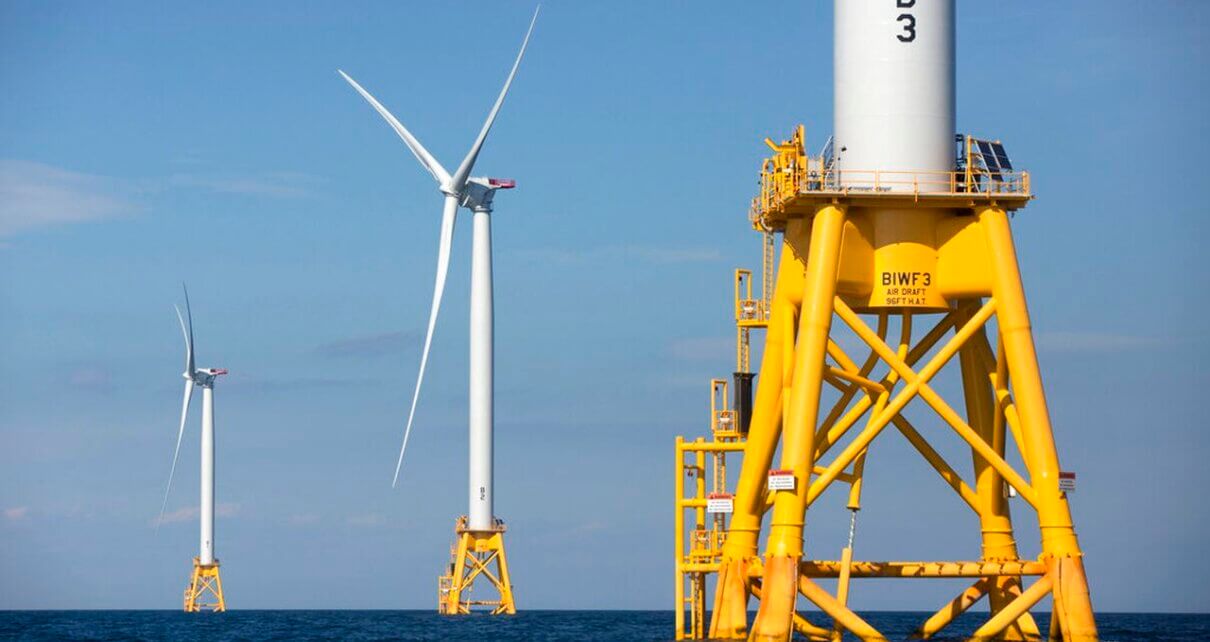The United States is bound by the Constitution to save the environment. Therefore, solving the issue of climate change and preserving the environment is as embedded into the American spirit as baseball and apple pie. The Preamble states, “…to form a more perfect Union…insure domestic Tranquility… promote the general Welfare, and secure the Blessings of Liberty to ourselves and our Posterity…”
In Article I, Section 8, the Constitution states, “The Congress shall have Power To lay… Duties,… To Promote the Progress of Science and useful Arts, by securing the limited Times to Authors and Inventors the exclusive Right to their respective Writings and Discoveries.” Using the science gathered from the scientists about climate change, the American people must take up the task of preserving and protecting the environment for the next generation and all that follow. Because the Constitution is the supreme law of the land, every state and local government must abide by rules set by the Founding Fathers and needs to assist in saving the environment.
Renewable energy allows for the creation of energy without burning fossil fuels, creating pollution, and adding to climate change. Climate change has been a persistent issue for generations and will continue to be for many more. For example, according to the NJ Climate Resource Center, New Jersey has experienced roughly 18 inches of sea level rise since the beginning of the 20th century.
Offshore wind turbines are popular in the era of renewable energy, amounting to 12 percent of all renewable energy in 2020, according to the International Energy Agency, the second largest source of renewable energy behind solar. Also, during 2020, renewable energy has accounted for five percent of all energy produced globally.
During the past couple of years, the state of New Jersey has begun planning multiple wind farms off the coast of the Jersey Shore in the Atlantic City and Cape May area. As of the Garden State Offshore Energy Program, at least 375, 850-foot, offshore wind turbines designed by various international companies, most notably the Danish company Ørsted, will be installed no less than 10 miles and no more than 20 miles out in the ocean in four areas off the coast according to the Mid-Atlantic Ocean Data Portal.
The first area will be between Long Island and Sandy Hook. One large swath of ocean will go from about Long Beach Island to Asbury. One area will be located off the Coast of Long Beach Island, Atlantic City, and Wildwood. The last area will be south of Cape May. There is concerns about where these windmills will be built. The designated areas, when crossed over with GIS (Geographic Information Systems) through the Mid-Atlantic Ocean Data Portal, are directly in the middle of important fishing and shipping lanes.
Business student Jake Kowalski, a longtime offshore first mate and fisherman in the Cape May County area, said, “It depends on how close we as fishermen can get to the windmills themselves. As far as there are no speed or navigation restrictions.” Speed and navigation restrictions on the area may hinder local businesses in some aspects like deep sea fishing. However, they could instead bring fishing closer to the shore, but could this spark overfishing?
Many residents living within Jersey Shore communities are concerned about the effect that the wind farms will have on tourism. In an article by nj.com, local business owners and residents are interviewed about what they think will happen. Ocean City resident Suzanne Hornick, interviewed by nj.com, said, “Ocean City is constricted in that our only industry is tourism, and every single business here has something to do with tourism in one way or another…And we believe that this project will destroy that.”
However, the wind farms may work the complete opposite. In two studies conducted by the University of Rhode Island and the University of Delaware, the wind farms would instead create more rental revenue and draw tourists to the coastal towns to view the marvelous creations of human progress, respectively. The wind farms becoming a point of tourism would be a great economic boost for the coastal towns. Alongside this, according to North Carolina State University, wind turbines built offshore have the potential to lower electricity bills while also being able to withstand winter storms. The potential for lower energy costs is another benefit the Jersey Shore and New Jersey in general could be set to stand from this project.
According to a 2020 study by the American Wind Wildlife Information Center, 9,573 bird fatalities were recorded due to wind turbines. Of the 9,573 bird fatalities there were 307 separate species of bird. There remains concern that the construction of wind turbines could disrupt their patterns of flight and possibly lead to increased numbers of bird fatalities.
As of the fish and species living under the water, the effects are inconclusive at the moment. According to Keith Dunton Ph.D., Associate Professor of Biology, “Currently there is a study going on at Monmouth to determine the effects of the wind farms on the eDNA before, during, and after the installation of the wind turbines over the course of six years.” eDNA is Environmental DNA, where water is taken, processed, and DNA is extracted from the water to determine what species are dominant in the region.
The Earth’s climate is changing, and environmental wonders seen and admired by generations of people are vanishing. The Constitution expresses that America’s natural beauty must be preserved and protected, yet it does not explain at what cost, or what must be sacrificed in order to do so. The construction of wind farms will give New Jersey a green starting point to power upwards to half a million to a million homes, according to njspotlight and nj.com. However, the impacts wind turbines will have on tourism and local wildlife isn’t fully understood, and could result in both negative and positive long-term impacts in those areas.



